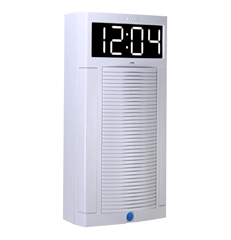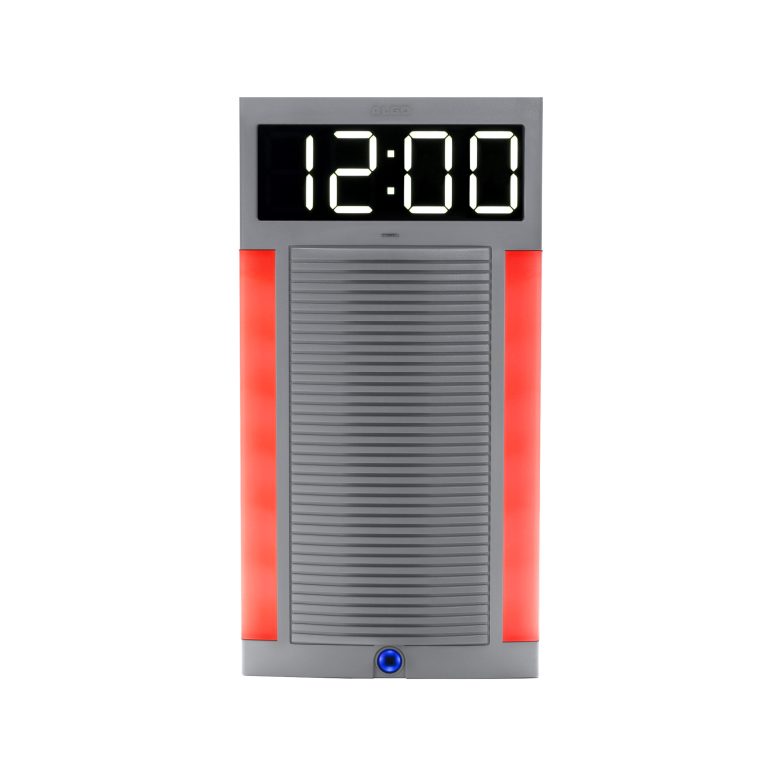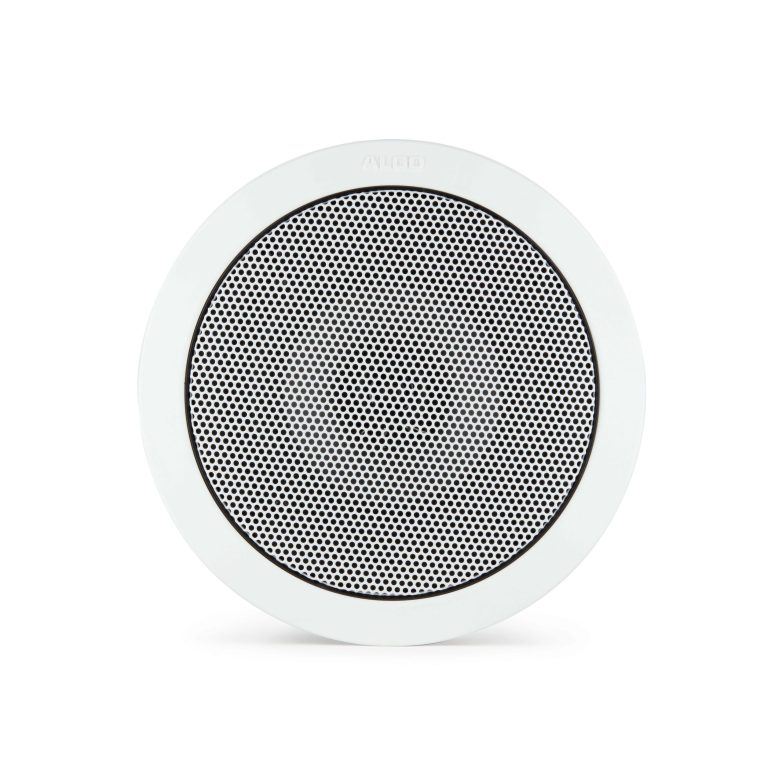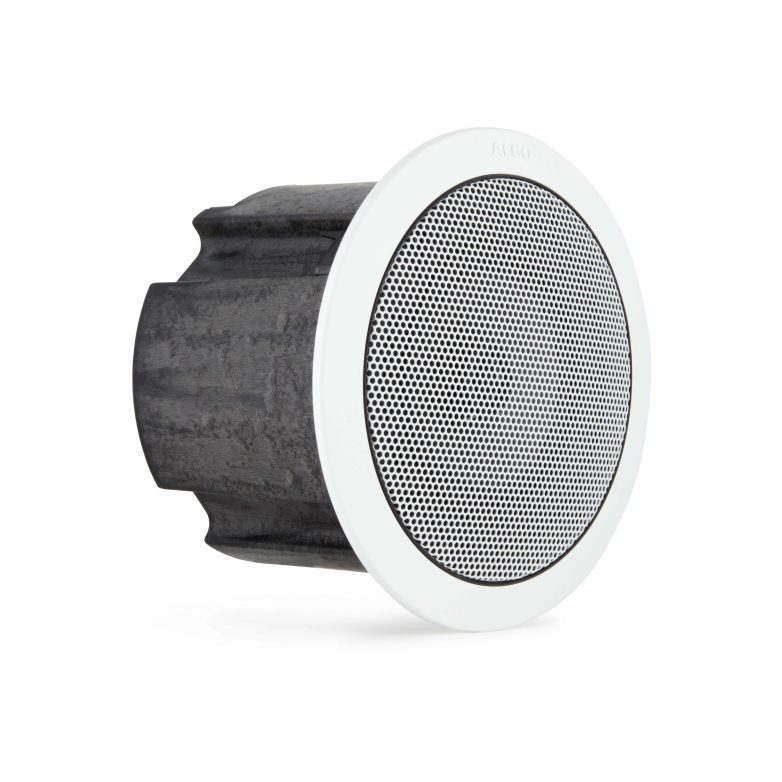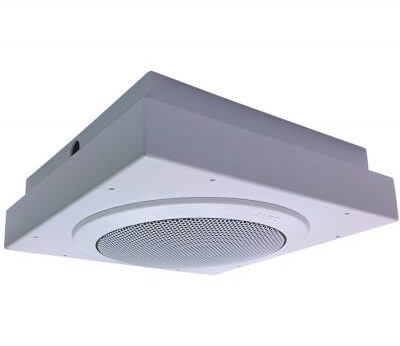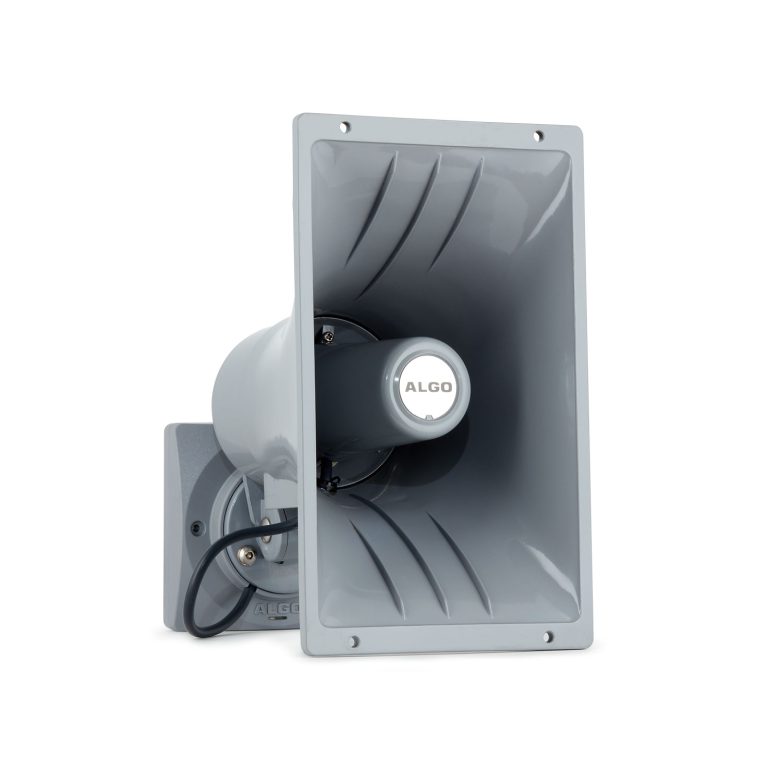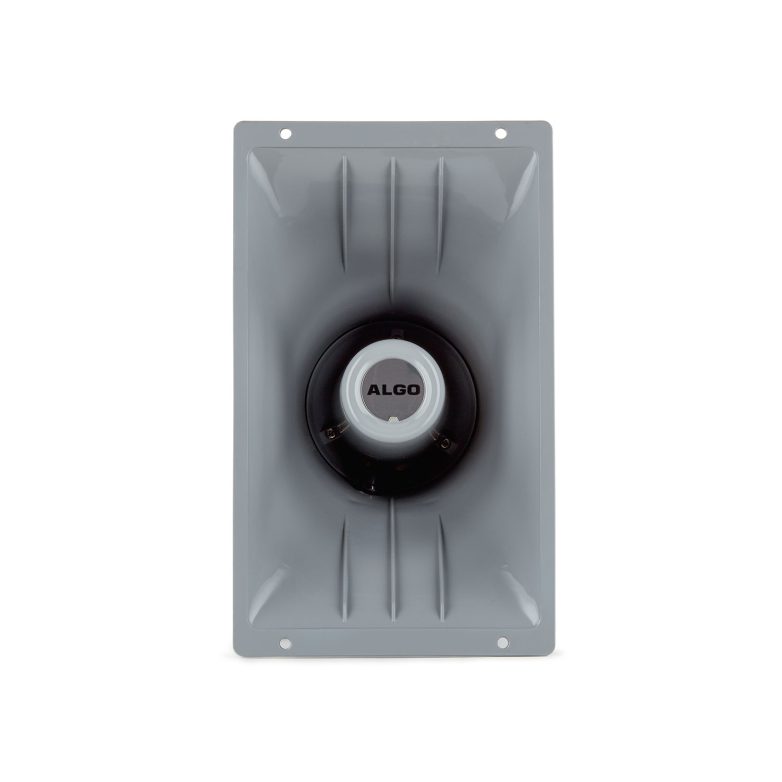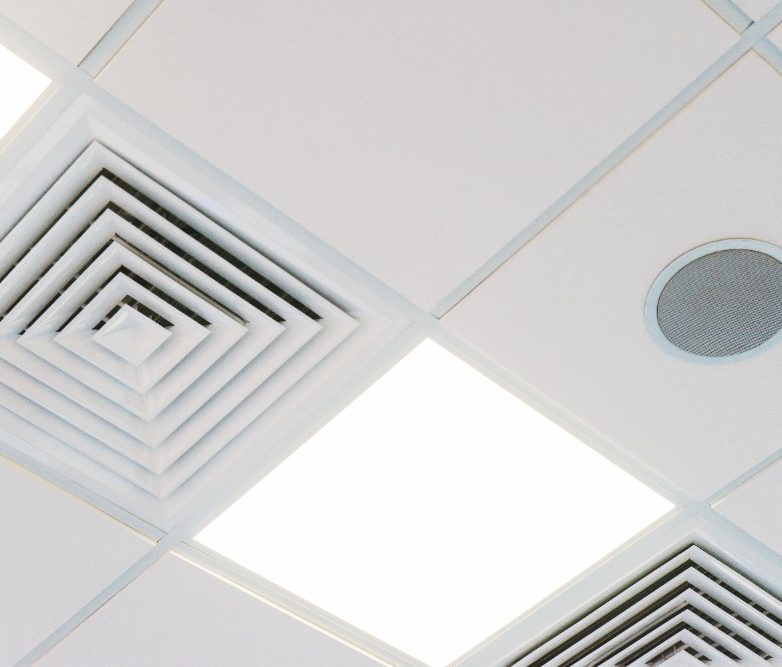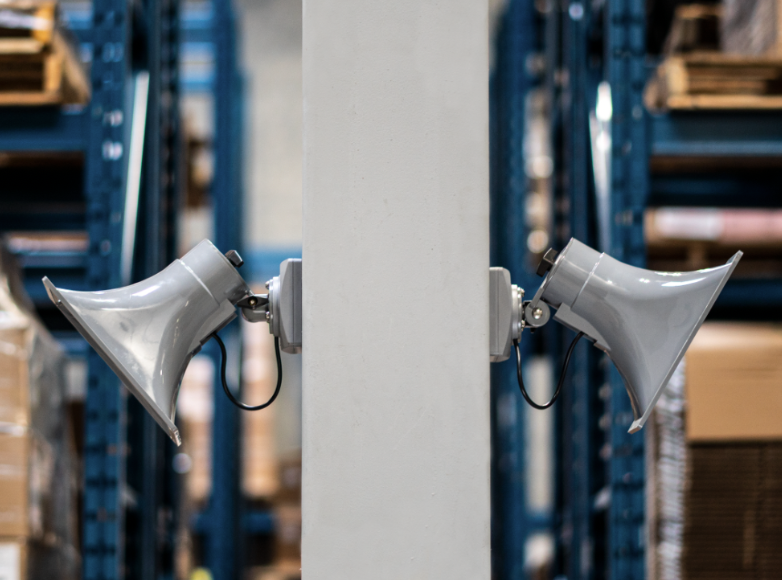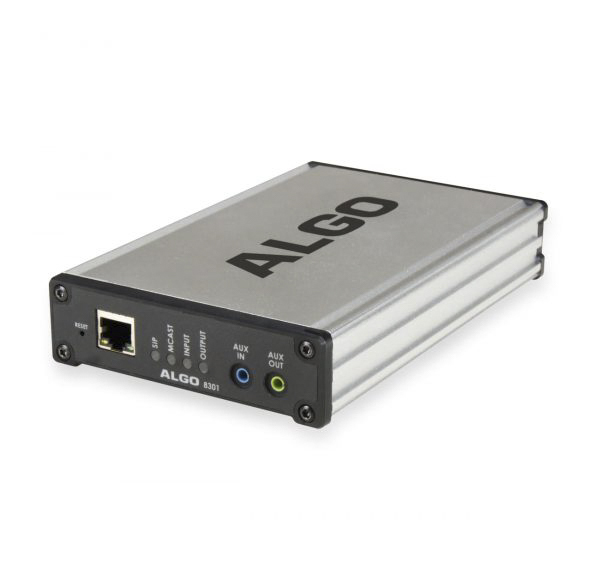Algo IP Speaker Compatibility
Algo IP Speakers are versatile audio devices that serve multiple purposes, including voice paging and public address for general announcements, emergency notification by broadcasting audible alerts during crises, effective loud ringing in noisy environments, and even the provision of background music when not actively engaged in other functions.
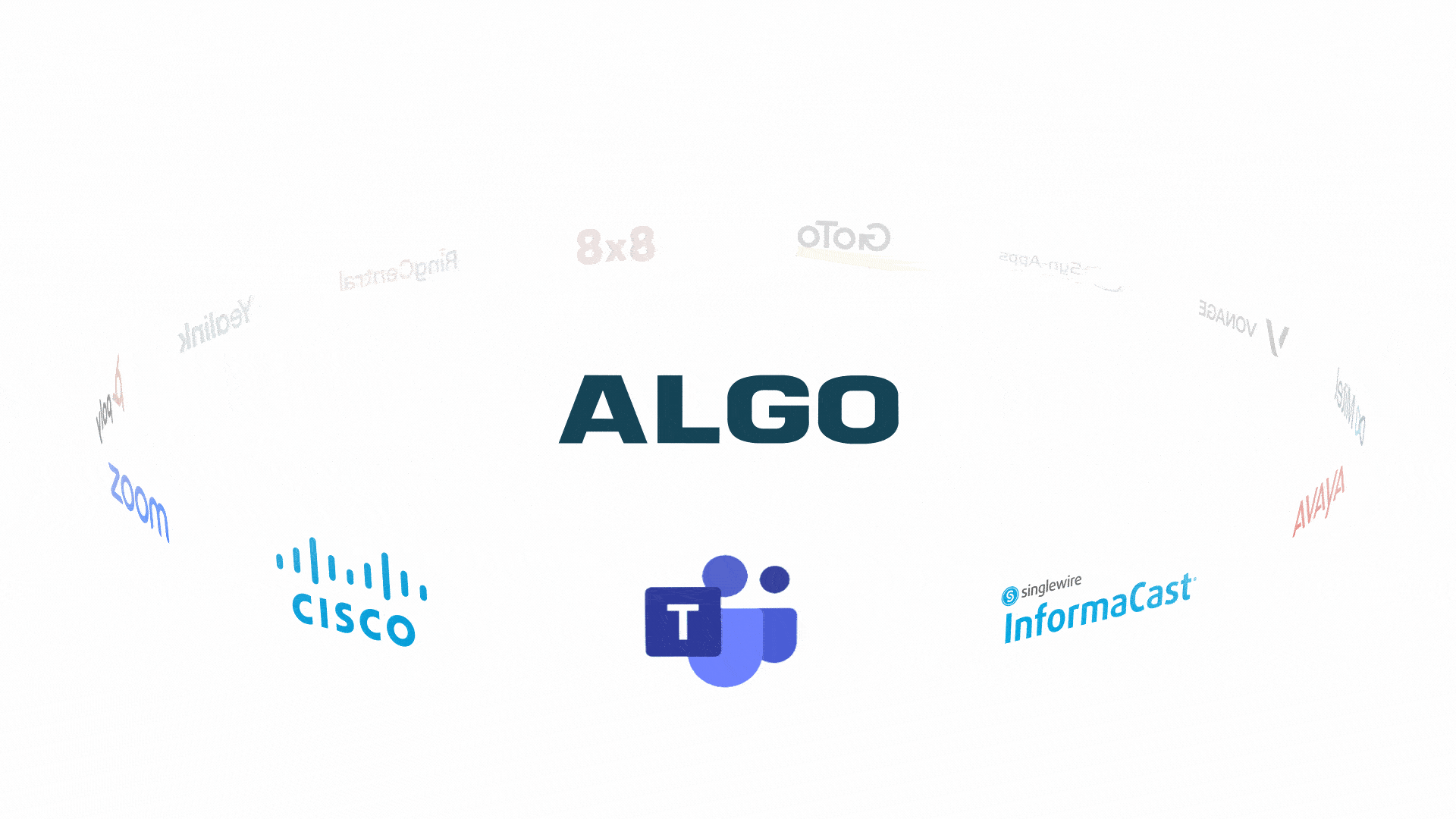
IP Speaker Compatibility
Algo IP Speakers are 3rd-party, SIP-compliant endpoints that integrate seamlessly with most leading UC, Collaboration, and Mass Communication systems. Algo speakers are compatible with a wide range of communication and collaboration platforms, offering a variety of features to enhance audible communication in various environments, from small quiet classrooms to large loud manufacturing spaces.
With capabilities including ambient noise detection, wideband audio, and two-way talk, Algo IP Speakers can be brought to environments to ensure effective loud ringing, voice paging, and audible alerting is delivered, meeting the needs and requirements of any audience. Algo speakers work together with a wide range of collaboration partners to provide reliable audio solutions for various use cases.
Algo IP Speakers are compatible with over 65 partners including:

○ Teams Compatible IP Speakers
Algo IP Speakers are certified for native compatibility with the Microsoft Teams SIP Gateway, enabling IP paging, emergency alerting and loud ringing – all natively from Microsoft Teams. Additionally, Algo endpoints may also be registered to Microsoft Teams using a compatible Session Border Controller or via a direct routing partner.

○ Zoom Compatible IP Speakers
Algo is a registered Zoom Certified Partner. Algo’s innovative suite of Zoom-certified IP Speakers, are feature-rich and ideally suited for voice paging and emergency alerting within Zoom collaboration environments. Algo speakers can be deployed within Zoom’s cloud-based communication platform to deliver clear audio alerts, delivering highly intelligible audio in a variety of verticals including education, healthcare, manufacturing.
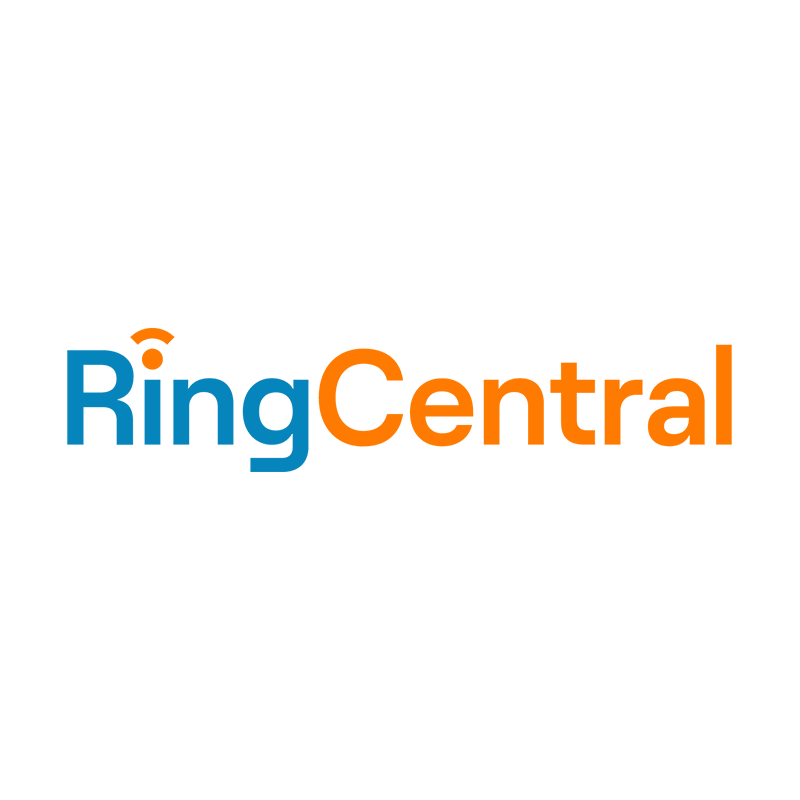
○ RingCentral Compatible IP Speakers
Algo IP Speakers function seamlessly in RingCentral’s cloud-based communication platform to enhance communication and provide clear audio alerts, announcements, and emergency notifications across entire organizations. This integration combines the power and flexibility of Algo’s IP Speakers and RingCentral’s cloud communication system, RingCentral MVP, creating a unified and efficient communication solution for businesses of all sizes.

○ Cisco Compatible IP Speakers
Algo IP Speakers offer seamless integration with Cisco’s communication and collaboration solutions, providing a powerful audio paging, announcements, and emergency notification system when deployed within Cisco Unified Communications Manager (CUCM) or Cisco Webex. The integration between Algo IP Speakers and Cisco combines the strengths of Algo’s audio technology with Cisco’s communication platform, creating a unified solution that enhances communication and safety within organizations of any size.

○ 8×8 Compatible IP Speakers
Algo IP Speakers can be deployed within the 8×8 unified communication platform to deliver effective audio paging, announcements, and notifications, enabling organizations to enhance their communication capabilities. While audio is playing over the IP speakers, it can simultaneously be broadcast over 8×8 telephones. A key feature of this integration is the ability to deliver audio communication with exceptional clarity and efficiency.

○ GoTo Compatible IP Speakers
Algo IP Speakers are used in conjunction with GoTo to provide clear audio output during paging and alerting offering a powerful and efficient audio paging and alerting solution. Algo IP Speakers seamlessly integrate with GoTo, providing clear audio output during various communication events, including paging, alerting, and notification. The integration ensures that important messages are effectively broadcast to the audience.

○ Other UC Partners
Algo IP Speakers are certified for compatibility with over 65 UC partners. As 3rd party SIP endpoints, integration to most leading UC platforms is seamless, for more information see a comprehensive list of compatible partners.
Organizations may choose Algo IP Speakers for one or all of their mass communication needs. When deployed for voice paging, Algo IP Speakers can also be deployed for emergency alerting, loud ringing, or background music.

